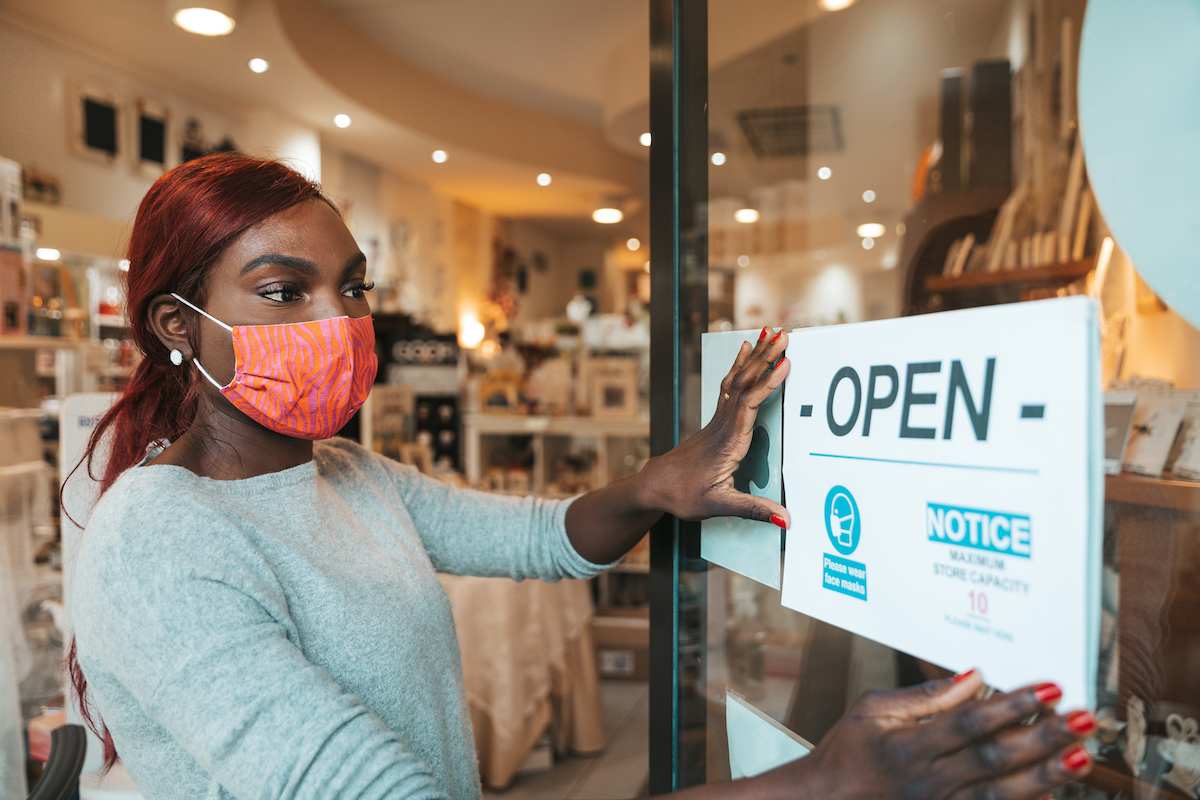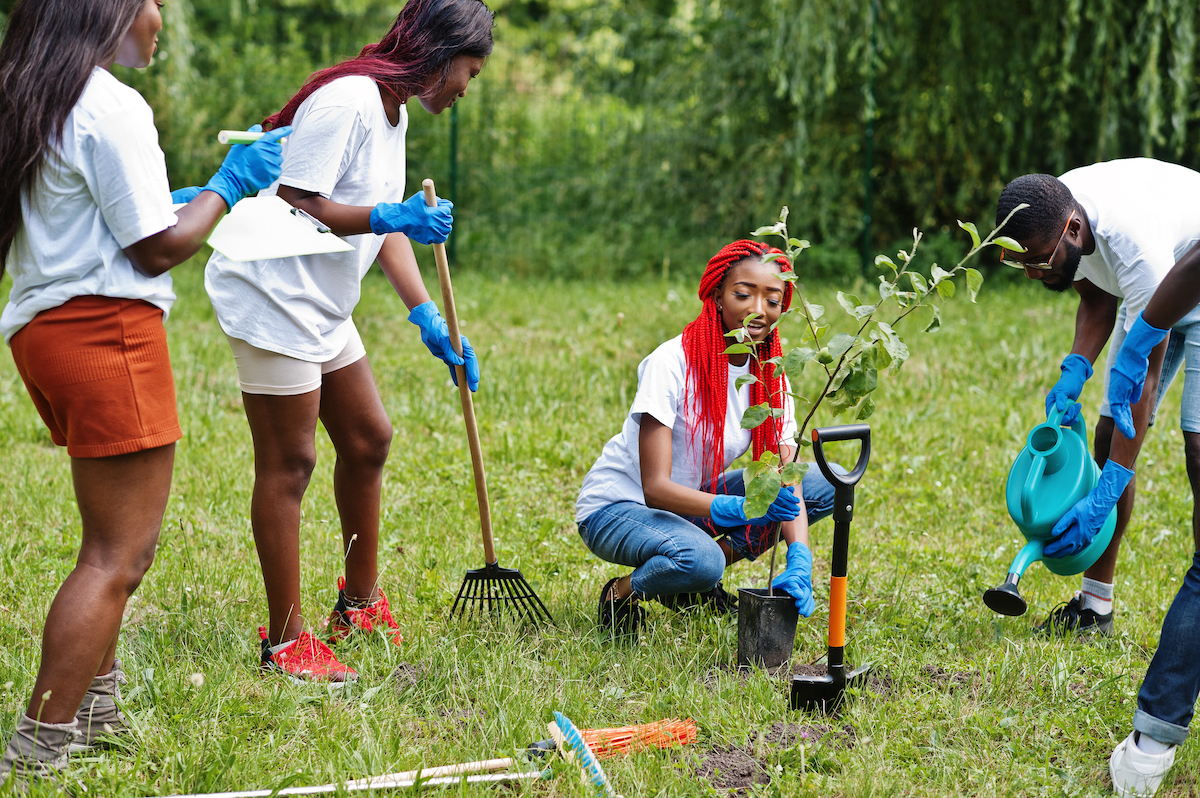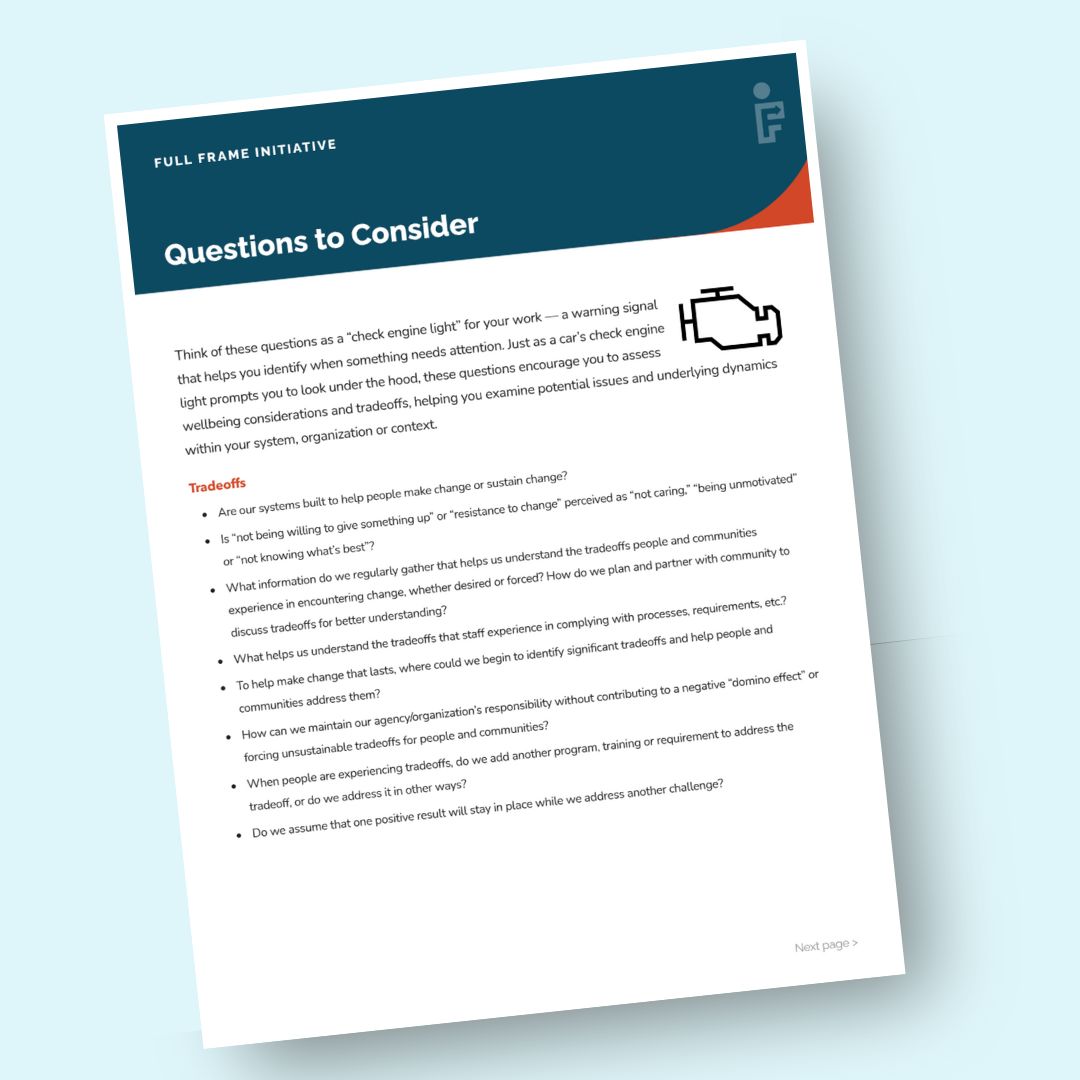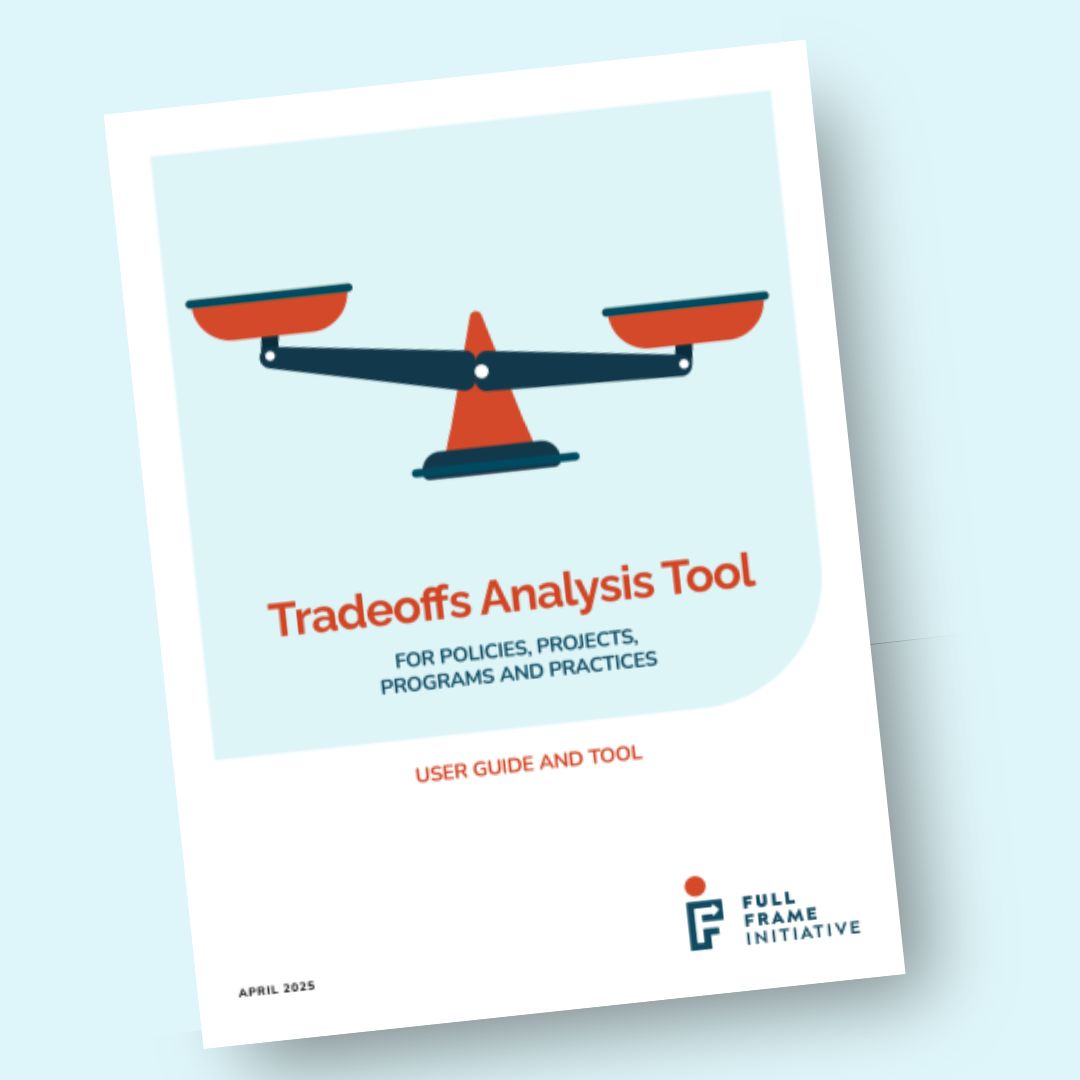Our drive for wellbeing is universal. Our access to wellbeing is not.
American systems are fundamentally unfair. Racism, sexism, homophobia and other oppressions are baked in. This is structural — it goes deeper than the individuals who work in these systems. These structures mirror public narratives and attitudes: people caught up in systems are the ones who need to change.
We have to focus the change where it belongs: on the systems themselves. But to only re-imagine each system individually — child welfare, housing, courts, finance, healthcare, education and more — misses the opportunity to create a far more just, impactful and hopeful way forward. We have to start with people and communities, centering what every person needs to thrive.
Here are six ways to do it:
- Principle 1: Start with what matters to people: wellbeing
- Principle 2: Push against harms in communities already facing the greatest adversity
- Principle 3: Build on social connections and social capital
- Principle 4: Build financial security
- Principle 5: Span boundaries
- Principle 6: Sustain transformation beyond the pandemic

 Principle 1: Start with what matters to people: wellbeing
Principle 1: Start with what matters to people: wellbeing
 Principle 2: Push against harms in communities already facing the greatest adversity
Principle 2: Push against harms in communities already facing the greatest adversity
 Principle 3: Build on social connections and social capital
Principle 3: Build on social connections and social capital
 Principle 4: Build financial security
Principle 4: Build financial security
 Principle 5: Span boundaries
Principle 5: Span boundaries
 Principle 6: Sustain transformation beyond the pandemic
Principle 6: Sustain transformation beyond the pandemic


